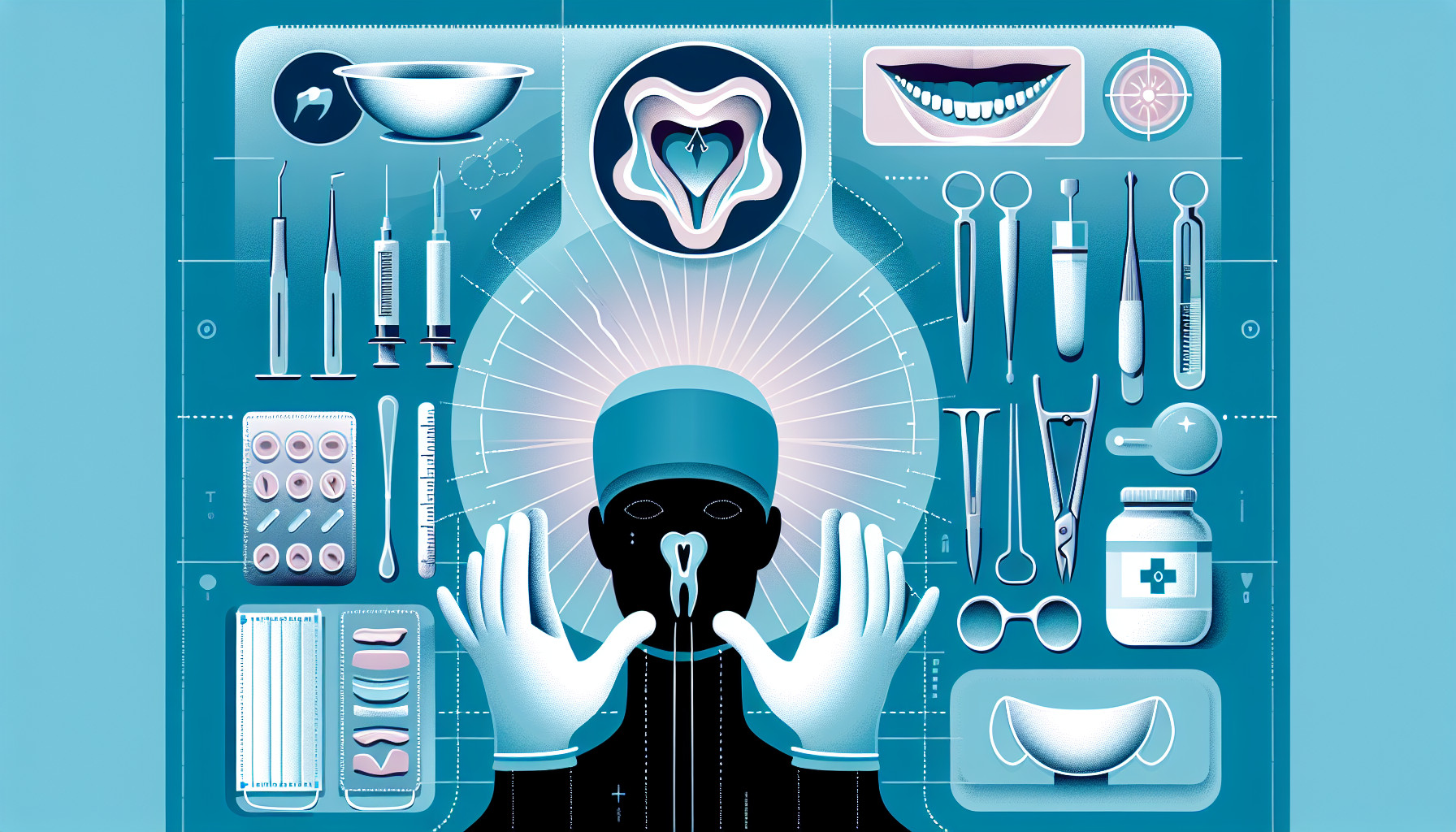Our Summary
This research paper discusses the use of low-level and high-intensity laser therapy in dental work. The study is particularly interested in the use of high-intensity laser therapy (HILT) in orthodontic treatments. These treatments include surgeries and procedures that deal with gum and oral tissue complications that can arise during orthodontic treatment. The paper notes that, despite the many uses of lasers in dentistry, they are still not commonly used by dental practitioners in Brazil. However, it predicts that this will change in the coming years, following the trend in the USA where laser therapies are more widely used.
FAQs
- What types of laser therapies are discussed in this research paper about dental work?
- Why are lasers not commonly used by dental practitioners in Brazil according to this study?
- Does the research paper predict any changes in the use of laser therapies in dentistry in the coming years?
Doctor’s Tip
One helpful tip a doctor might tell a patient about oral surgery is to follow all pre-operative and post-operative instructions carefully. This can include things like fasting before surgery, taking prescribed medications as directed, and avoiding certain activities or foods after the procedure. By following these instructions, patients can help ensure a successful surgery and a speedy recovery.
Suitable For
Patients who may be recommended oral surgery include those with:
- Impacted teeth: When a tooth is unable to emerge properly through the gum due to being blocked by other teeth.
- Misaligned jaws: When the upper and lower jaws do not meet correctly, leading to issues with biting and chewing.
- Facial trauma: In cases of facial injuries that affect the teeth, jaws, or surrounding structures.
- Cleft lip and palate: Birth defects that affect the formation of the lip and/or palate, often requiring surgical correction.
- Severe dental infections: When a tooth infection spreads to the surrounding bone and tissues, causing significant pain and potential complications.
- Oral cancer: Surgery may be necessary to remove tumors or affected tissues in cases of oral cancer.
- Temporomandibular joint (TMJ) disorders: When the joint connecting the jaw to the skull is dysfunctional, causing pain and difficulty with jaw movement.
- Sleep apnea: In some cases, oral surgery may be recommended to treat obstructive sleep apnea by repositioning the jaw or soft tissues in the throat.
Overall, oral surgery may be recommended for a variety of reasons, ranging from routine procedures such as tooth extractions to more complex surgeries for conditions like facial trauma or oral cancer. It is important for patients to consult with their dentist or oral surgeon to determine the most appropriate treatment plan for their specific needs.
Timeline
Before oral surgery:
Consultation: The patient meets with the oral surgeon to discuss the procedure, risks, and expected outcomes. A treatment plan is developed based on the patient’s specific needs and condition.
Pre-operative preparation: The patient may be required to undergo certain tests, such as X-rays or blood work, to ensure they are healthy enough for surgery. They may also be instructed to avoid eating or drinking for a certain period before the procedure.
Anesthesia: On the day of the surgery, the patient will be administered anesthesia to numb the area and prevent pain during the procedure.
During and after oral surgery:
Surgery: The oral surgeon performs the necessary procedure, which may include tooth extraction, gum surgery, or jaw realignment, among others.
Recovery: After the surgery, the patient may experience pain, swelling, and discomfort. They will be given instructions on how to care for the surgical site and manage pain, such as by taking prescribed medications.
Follow-up visits: The patient will need to schedule follow-up appointments with the oral surgeon to monitor their healing progress and address any concerns or complications that may arise.
Healing: Over the following weeks, the patient’s surgical site will gradually heal, and any discomfort or swelling will subside. It is essential for the patient to follow the post-operative care instructions provided by the oral surgeon to ensure a successful recovery.
Overall, the timeline of a patient’s experience before and after oral surgery involves thorough preparation, the surgical procedure itself, and proper post-operative care to promote healing and minimize complications.
What to Ask Your Doctor
- What are the potential risks and complications associated with the oral surgery procedure?
- How long is the recovery period expected to be, and what can I do to promote healing?
- Will I need any special accommodations or adjustments to my diet or lifestyle after the surgery?
- What type of anesthesia will be used during the procedure, and what are the potential side effects?
- How many times have you performed this type of oral surgery, and what is your success rate?
- Are there any alternative treatment options available for my condition, and what are the pros and cons of each?
- Will I need to follow up with you or another healthcare provider after the surgery, and if so, how often?
- What can I do to minimize the risk of complications during and after the surgery?
- How much will the procedure cost, and will it be covered by my insurance?
- Are there any specific instructions or precautions I should follow before the surgery, such as fasting or stopping certain medications?
Reference
Authors: Sant’Anna EF, Araújo MTS, Nojima LI, Cunha ACD, Silveira BLD, Marquezan M. Journal: Dental Press J Orthod. 2017 Nov-Dec;22(6):99-109. doi: 10.1590/2177-6709.22.6.099-109.sar. PMID: 29364385
